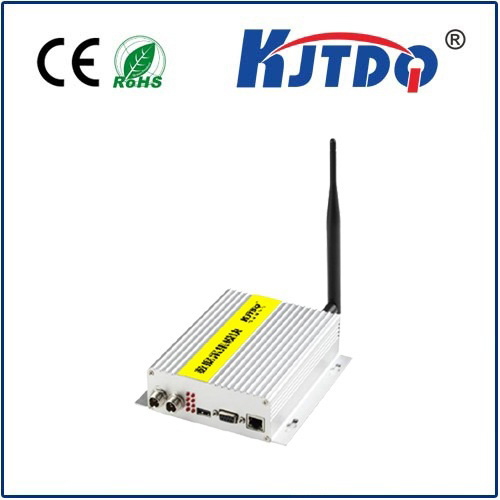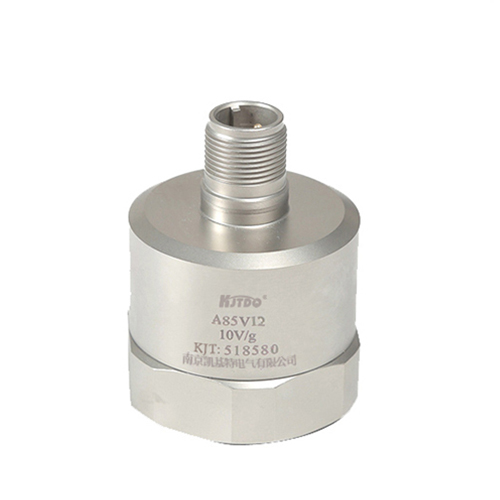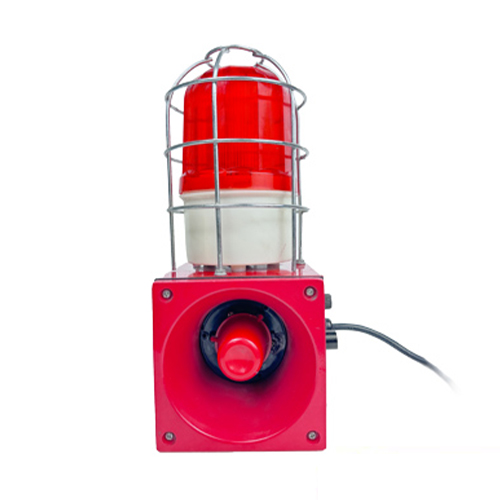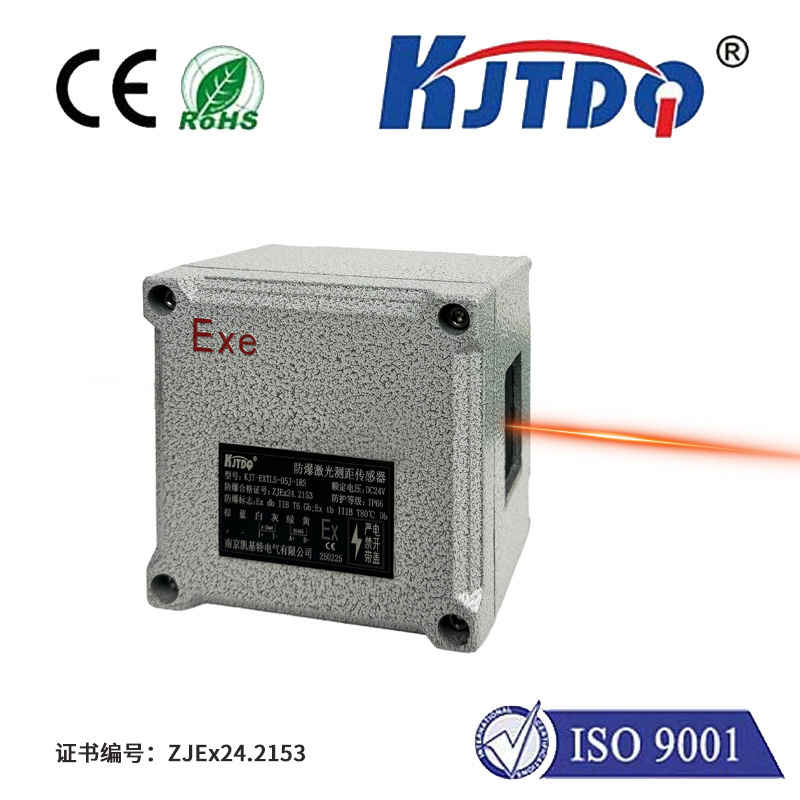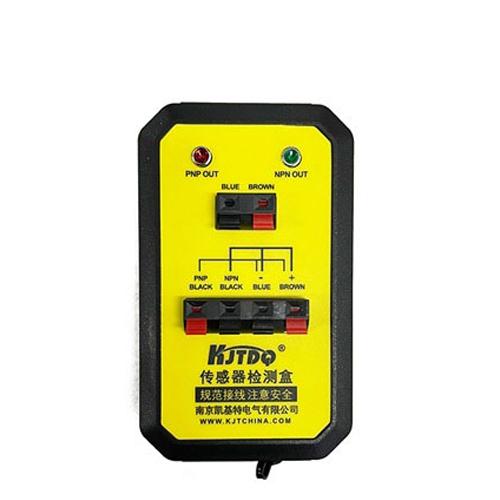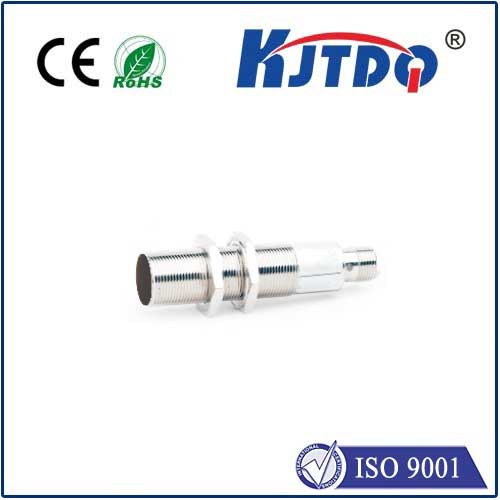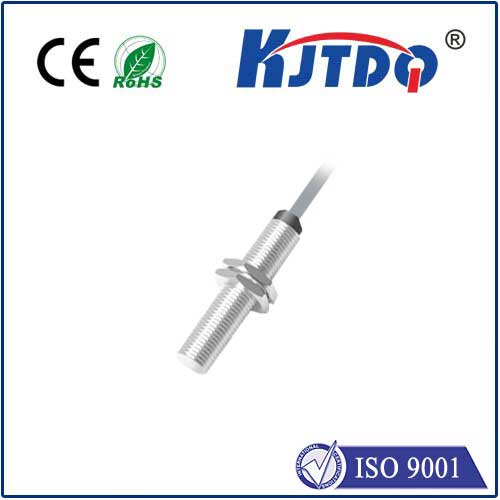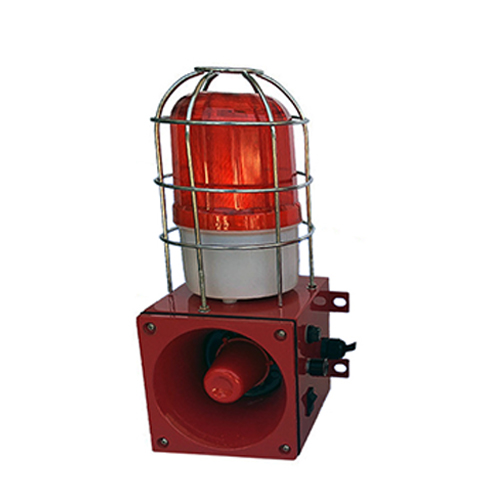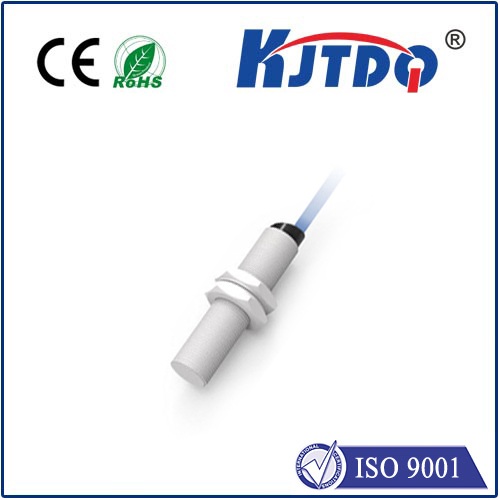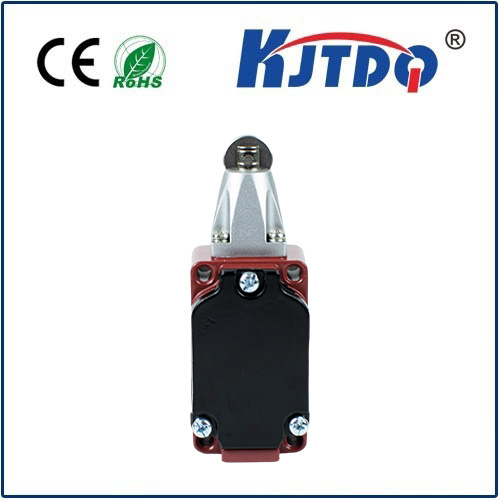

check

check

check

check

check

check

check

check

check

check
In recent years, the Internet of Things (IoT) has rapidly become a ubiquitous part of modern life. From smart home devices to industrial automation systems, these connected systems are transforming the way we live and work. One key component that is driving this innovation is the Clifford proximity sensor.
At its simplest level, a proximity sensor is a device that can detect the presence or absence of an object or person. However, the unique properties of Clifford proximity sensors make them particularly well-suited for use in IoT applications. These sensors are small, low-power, and have long battery life, making them ideal for embedded devices such as wearables, robots, and drones. Additionally, they can operate in a wide range of environments, from extreme temperatures to high levels of humidity.
But what makes Clifford proximity sensors truly revolutionary is their ability to operate without any visible or physical connection to the IoT device. Instead, they rely on electromagnetic fields to detect objects. This means that they can be seamlessly integrated into a wide variety of devices, providing a flexible and scalable solution for IoT applications.
One major application for Clifford proximity sensors is in the field of healthcare. Wearable devices such as smartwatches can use these sensors to monitor vital signs and notify users if there are any changes. In addition, robots designed for elder care can use these sensors to detect when a user needs assistance or when they are standing up.
Another important application is in autonomous vehicles. Clifford proximity sensors can be used to detect obstacles and other vehicles on the road, allowing cars to safely navigate even in dense traffic conditions. They can also be used to detect pedestrians and cyclists, helping to prevent accidents.
Despite their many benefits, Clifford proximity sensors still face some challenges. One major issue is accuracy. As with all sensors, the accuracy of a Clifford proximity sensor depends on several factors, including the environment in which it is operating and the type of object being detected. However, ongoing research and development are focused on improving the accuracy of these sensors and making them even more useful in IoT applications.
In conclusion, Clifford proximity sensors are playing an increasingly important role in the development of IoT devices. Their small size, low power consumption, and ability to operate without any visible connections make them an ideal choice for a wide range of applications. As research continues, it is likely that these sensors will only become more prevalent in our daily lives, helping to transform the world around us.
